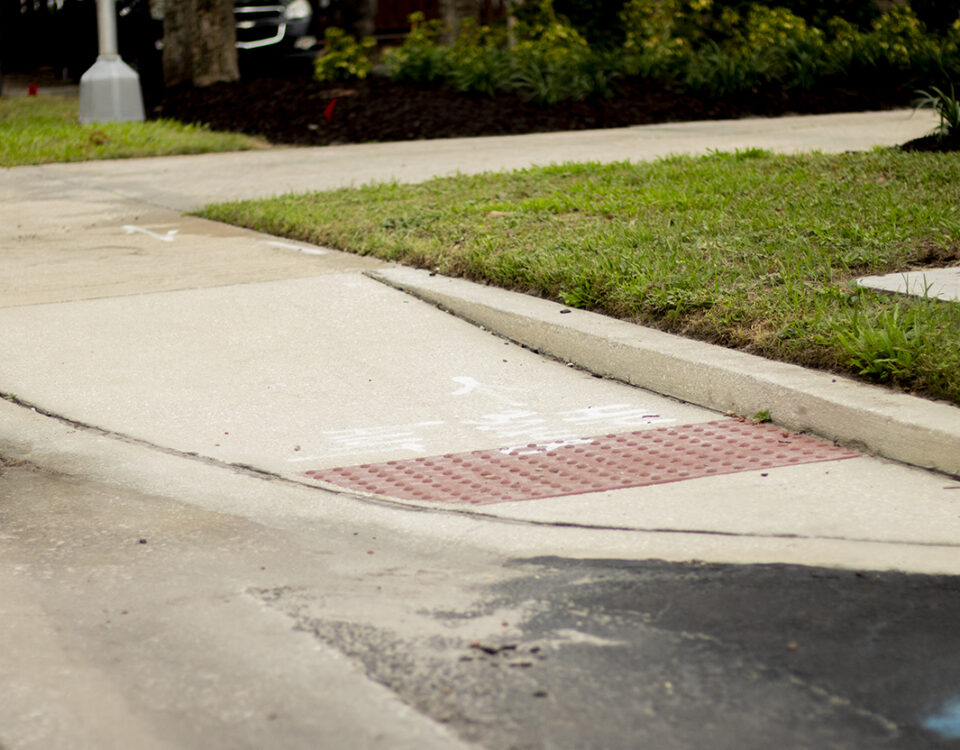Enhancing Elevator Control Buttons for ADA Compliance: A Tactile Approach
August 1, 2023Installing Ramps: Ensuring Accessibility under the Americans with Disabilities Act
August 15, 2023The Americans with Disabilities Act (ADA) is a pivotal legislation that strives to eliminate barriers and promote accessibility for individuals with disabilities in public spaces. One crucial but often overlooked aspect of ADA compliance is the rearrangement of telephones. In this article, we’ll delve into why rearranging telephone placement matters, how it aligns with ADA standards, and its significance in enhancing communication accessibility.
At a Glance
- Accessibility: Rearranging telephones to ADA standards ensures that individuals with disabilities can reach and use them independently, promoting equal access.
- Independence: Properly placed telephones empower individuals with disabilities to communicate without assistance, fostering their self-reliance.
- Safety: Telephone placement following ADA guidelines reduces the risk of accidents, benefiting everyone, not just individuals with disabilities.
- Legal Requirement: The ADA mandates specific standards for telephone placement to ensure fairness and accessibility.
- Inclusivity: Rearranging telephones aligns with universal design principles, making spaces more welcoming and convenient for everyone, regardless of their abilities.
Telephone Height and Reach Range:
ADA standards specify that telephones in public areas must be within reach for individuals with disabilities, especially those using wheelchairs or mobility aids. This includes ensuring that the telephone’s highest operable part is no more than 48 inches (4 feet) above the floor. Moreover, the telephone’s lowest operable part should be no lower than 15 inches above the floor to accommodate individuals with limited reach.
Clear Floor Space:
To facilitate wheelchair users’ access to telephones, ADA guidelines require that there be a clear floor space of at least 30 inches by 48 inches in front of the telephone. This space allows individuals using wheelchairs to approach the telephone comfortably and use it without encountering obstacles.
Volume Control and TTY Compatibility:
ADA regulations also mandate that public telephones provide volume control features for individuals with hearing impairments. Additionally, telephones must be compatible with Telecommunications Device for the Deaf (TTY) devices, ensuring effective communication for individuals who are deaf or hard of hearing.
Signage and Identification:
Public telephones should include signage that includes the International Symbol of Accessibility, indicating that the telephone is accessible to individuals with disabilities. Proper identification ensures that individuals are aware of the telephone’s availability and accessibility features.
Importance of Compliance:
Rearranging telephone placement to meet ADA standards is not merely about following regulations; it’s about fostering inclusivity and ensuring that everyone can communicate independently. Accessible telephones allow individuals with disabilities to make calls, access emergency services, and stay connected, just like everyone else. It promotes equal opportunities and communication for all.
Promoting Independence:
Properly arranged telephones promote independence among individuals with disabilities. They can communicate without relying on others for assistance, which is a significant boost to their self-esteem and overall quality of life.
Enhancing Safety:
Telephones placed according to ADA standards also contribute to safety by ensuring that individuals can use them without encountering physical barriers or hazards. This enhances safety not only for individuals with disabilities but for everyone using the telephone.
In conclusion, rearranging telephone placement to adhere to ADA standards is a vital step toward achieving a more accessible and inclusive society. It ensures accessibility, promotes independence, enhances safety, and demonstrates a commitment to the principles of the ADA. As we continue to adapt our public spaces, let us remember that telephone accessibility is more than just an arrangement; it’s a tangible expression of our dedication to ensuring that everyone, regardless of their abilities, can communicate with ease and dignity.




